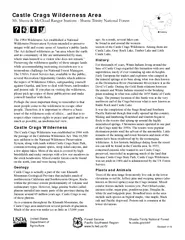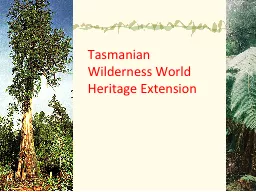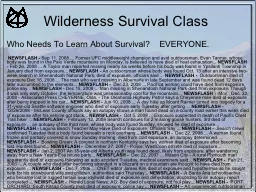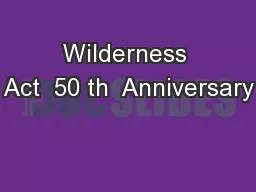PDF-Castle Crags Wilderness Area United States Department
Author : myesha-ticknor | Published Date : 2015-05-22
fsfedusr5 ShastaTrinity National Forest fsusdagovstnf Revised 410 The 1964 Wilderness Act established a National Wilderness Preservation System intended to preserve
Presentation Embed Code
Download Presentation
Download Presentation The PPT/PDF document "Castle Crags Wilderness Area United Sta..." is the property of its rightful owner. Permission is granted to download and print the materials on this website for personal, non-commercial use only, and to display it on your personal computer provided you do not modify the materials and that you retain all copyright notices contained in the materials. By downloading content from our website, you accept the terms of this agreement.
Castle Crags Wilderness Area United States Department: Transcript
Download Rules Of Document
"Castle Crags Wilderness Area United States Department"The content belongs to its owner. You may download and print it for personal use, without modification, and keep all copyright notices. By downloading, you agree to these terms.
Related Documents














